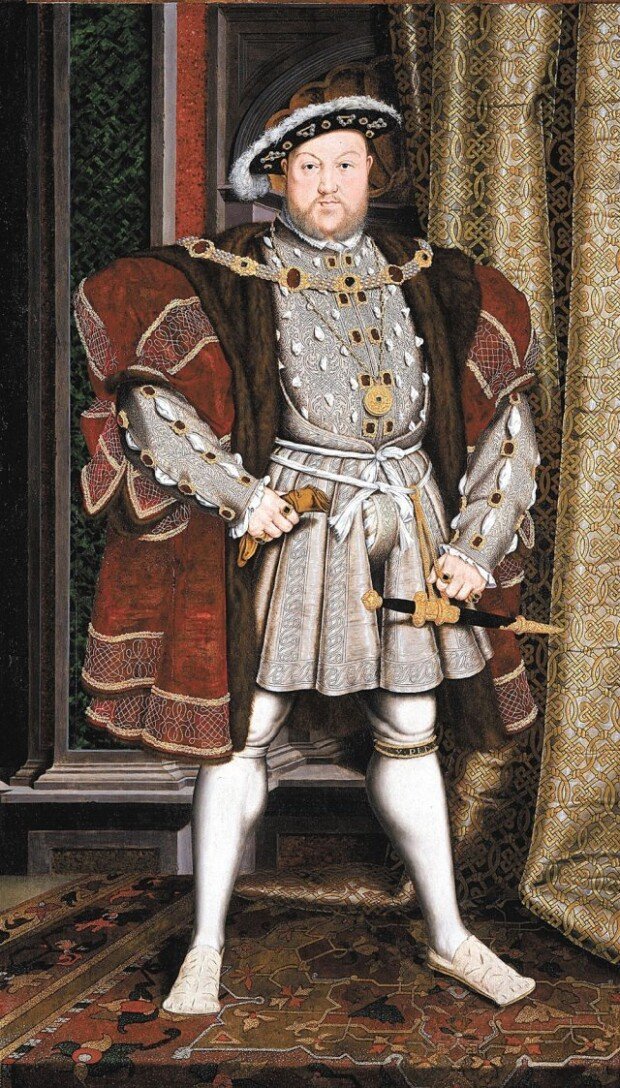Lee Eun-hwa’s Art Class
Lee Eun-hwa’s Art Class
Posted October. 07, 2021 07:27,
Updated October. 07, 2021 07:27

To those who live in modern times, the image is really all that matters—this is especially so for politicians and celebrities living on the public’s attention and support. King Henry VIII of England was also very cognizant of the power of image, and thus, he commissioned his portraits to the best painter of the time. Although lost in the 17th century, this very portrait of King Henry VIII remains the most well-known image of King Henry VIII of England. How was that possible?
Born in Germany, Hans Holbein worked for the Tudor dynasty and produced many sophisticated portraits, including this painting, which is presumed to have been commissioned by King Henry VIII to celebrate the birth of his son, Edward.
Standing sturdy and confident, the king is facing the viewer, standing with his feet apart and his right hand holding his gloves in his right hand and the chain from which his dagger hangs in his left. The sumptuousness of the kingdom is shown through a golden curtain and a richly embroidered and jeweled fur-lined cloak the king wears over. His heavily padded shoulders further enhance the masculinity, along with the king’s authority and presence.
Henry VIII was one of the most brutal and powerful monarchs in the history of England. He married six times and is widely known as a misogynistic person. When he was posing for the portrait, Henry VIII in his middle forties was obese and in bad health. The artist painted what the king intended to show, not the way he actually looked.
Henry VIII, who must have probably satisfied with the portrait, ordered other painters to emulate it. He ordered to produce different versions of this portrait so that they could spread to the entire European continent. The nobles commissioned the reproductions of the portrait in an attempt to prove their loyalty to the king. The original painting was destroyed by the fire in 1698, but the portrait became the symbol of the powerful monarch because of its reproductions. The 16th-century king already knew very well that spreading the image is as important as creating the image itself.







